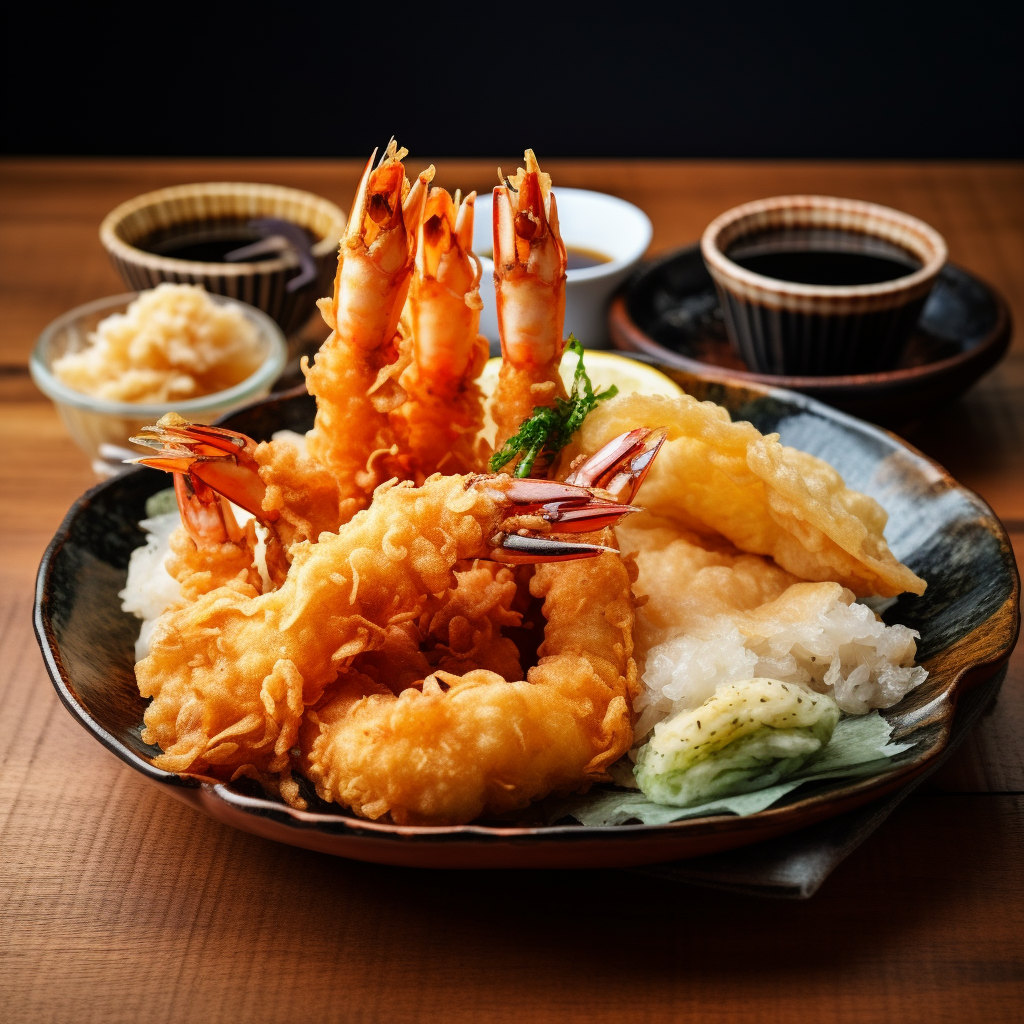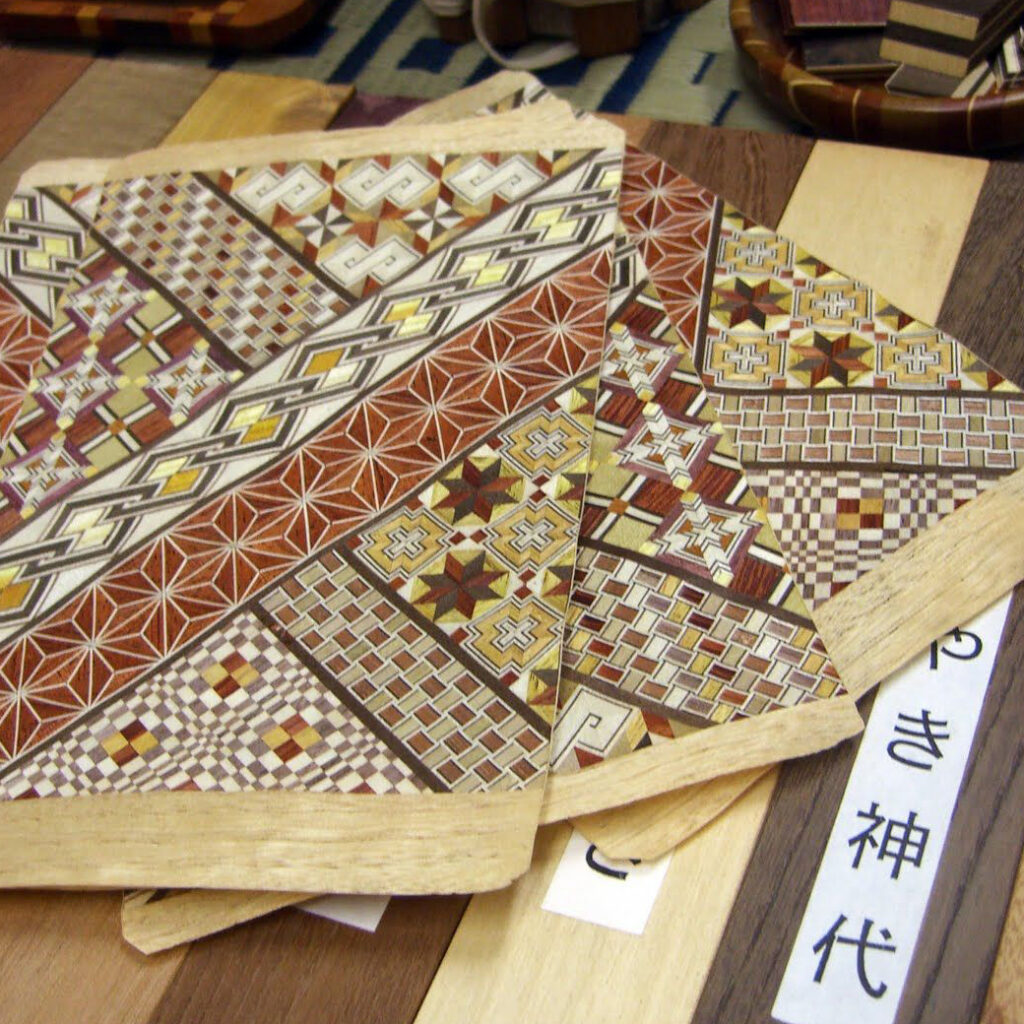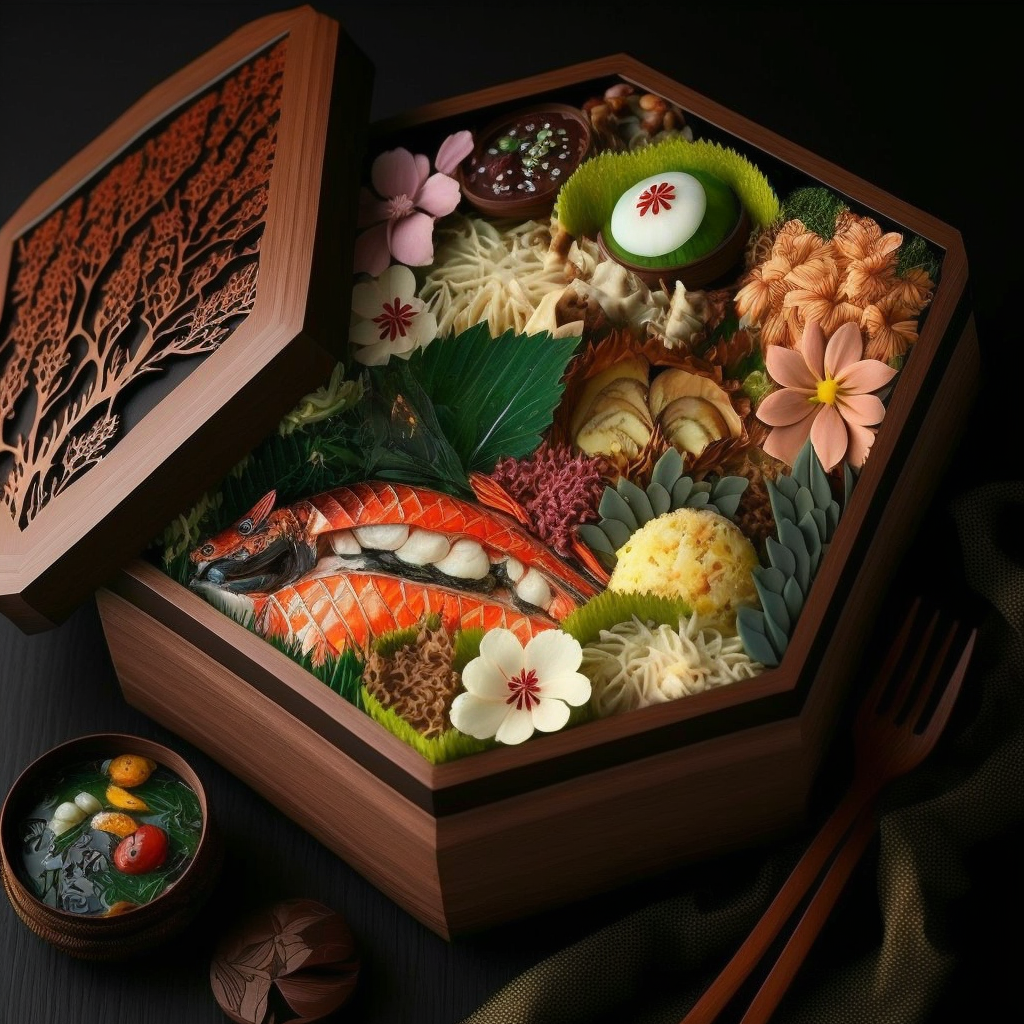Tempura is a light frying technique originating from Japan, known for its crispy texture and lightness. Indeed, this cooking method was introduced to Japan by Portuguese traders in the 16th century. Since then, this method has been one of the most popular preparations in Japanese cuisine.
Origins of Japanese tempura:
Tempura has its origins in the Edo period (1603-1868) in Japan. History has it that Portuguese missionaries and merchants introduced this light frying technique to Japan in the 16th century. Subsequently, the Japanese quickly adopted and adapted it. The term “tempura” is believed to derive from the Latin word “tempora”. This refers to days of religious fasting where fried foods were primarily consumed.
Preparation technique:
Preparing tempura is relatively simple. However, it requires meticulous attention to achieve the desired texture and flavor. Tempura batter traditionally consists of wheat flour or cornstarch mixed with iced or sparkling water to create a light, airy batter. Then some also add egg white or vinegar to increase the lightness of the dough.
The ingredients to be fried are often seafood such as shrimp, squid, fish, as well as vegetables such as eggplant, peppers, zucchini or mushrooms. Before being dipped in dough, ingredients are often sprinkled with flour to dry them slightly, allowing the dough to stick better.
Cooking Japanese tempura:
Tempura is fried in hot vegetable oil at a specific temperature, usually around 160-180 degrees Celsius. Frying is quick, the pieces are removed as soon as they reach a light golden color and a crispy texture. Rapid cooking at high temperatures quickly seals the exterior of the food while preserving its tenderness on the inside.
Support and service:
Tempura is often served with a special dipping sauce called “tentsuyu”, made from dashi (fish stock), soy sauce, mirin (a type of sweet sake) and sugar, sometimes seasoned with grated radish or ginger. . It can also be served with salt, lemon or a light mayonnaise-based sauce.
Traditionally, tempura is eaten immediately after cooking, while it is still hot and crispy. It is served in specialized restaurants in bamboo bowls called “seiro”, often accompanied by rice and miso soup.
Variations and evolution:
Over time, tempura has evolved to include different variations. Some regions use specific local ingredients to prepare tempura, such as cherry blossoms or wild herbs.
Tempura’s popularity extends across the world, with variations and adaptations in various international cuisines. The lightness of the dough and the versatility of the ingredients make it a dish enjoyed by many cultures.
Thus, Japanese tempura continues to captivate the taste buds with its simplicity, freshness and irresistible crunch, offering a culinary experience that is both tasty and refined.



